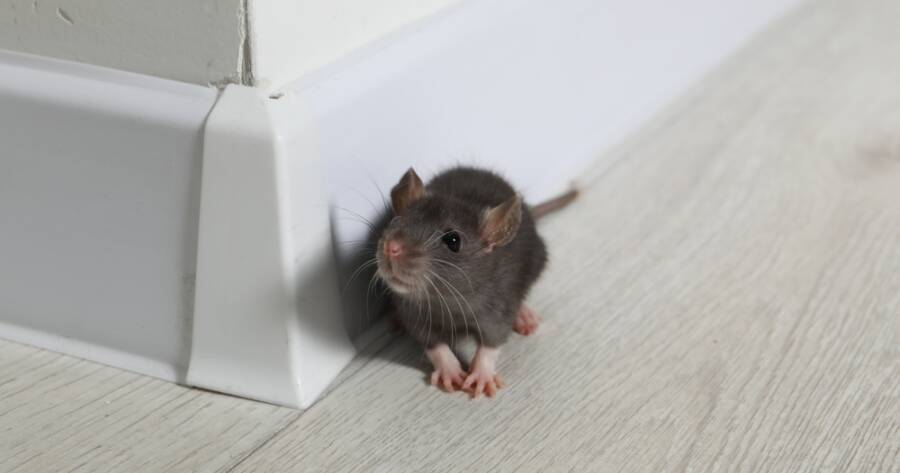If you’ve ever dealt with ants in the kitchen or fruit flies around the trash, you know how frustrating indoor pests can be. But many people in the U.S. want to avoid harsh chemicals in their homes—especially in spaces where kids and pets live and play. Thankfully, non-toxic pest control options have come a long way. Today’s products offer real results without compromising indoor air quality or safety. Understand how to manage pests indoors using methods that are both gentle and effective.
Understanding the Non-Toxic Approach
Non-toxic pest control means choosing products and techniques that kill or repel pests without using synthetic chemicals that could harm humans, pets, or beneficial insects. Instead of poisoning pests outright, many of these methods work by disrupting behavior, blocking access, or creating conditions pests can’t tolerate.
This can include ingredients like essential oils (such as peppermint, citronella, or clove), diatomaceous earth, food-grade traps, or biological agents like beneficial nematodes or enzymes. Non-toxic doesn’t mean non-effective—it just means you’re solving the problem without creating new health concerns.
When used consistently and correctly, non-toxic products can eliminate many types of household pests including ants, roaches, spiders, fruit flies, and even bed bugs.
Best Natural Sprays and Barrier Solutions
Non-toxic sprays made with plant-based oils and botanical extracts are one of the most popular options for indoor pest control. Many of these come in ready-to-use spray bottles and are safe to apply in kitchens, bathrooms, and baseboards.
Look for products that use active ingredients like cedarwood, peppermint, or geraniol. These oils are naturally repellent to insects but non-irritating for most humans. Some formulas include a mix of oils that target multiple pests at once. Use sprays in areas where bugs enter, hide, or travel—such as under sinks, around trash bins, and near windows.
Barrier sprays can be especially helpful around doorways or wall gaps. Reapply every few days at first, then weekly once activity drops. Always test surfaces first to make sure there’s no staining or residue, and avoid spraying directly onto food prep areas.
Diatomaceous Earth: The Powder That Packs a Punch
Diatomaceous earth (DE) is a fine powder made from fossilized algae. It’s non-toxic to people and pets, but deadly to insects with exoskeletons. When bugs crawl across DE, the powder sticks to their bodies and damages their protective layer, causing them to dehydrate.
This makes DE a great long-term solution for roaches, ants, and silverfish. It’s most effective when used dry, so avoid placing it in damp areas. Sprinkle it behind appliances, along baseboards, or in cracks where pests tend to hide. You can vacuum and reapply as needed every few days.
Be sure to use food-grade DE, not the type made for swimming pool filters, as the latter can be harmful if inhaled. When applied carefully, DE is a low-effort, high-impact option for persistent infestations.
Traps That Target Without Toxins
Another effective option for indoor pest control is bait-free, food-safe trapping. These include sticky traps, UV light traps, and jar traps designed for specific pests.
Sticky traps use glue pads inside small boxes or open panels. They’re excellent for catching ants, spiders, fruit flies, and even pantry moths. You can place them discreetly behind furniture or near problem areas without the mess or risk of traditional poisons.
Fruit fly traps often use vinegar or yeast-based bait in a container with a one-way entry. Once inside, the flies can’t escape. These are safe to place near sinks, trash cans, or houseplants and are particularly useful in summer months when food waste attracts flying insects.
Some newer trap designs even use scent-masking technology or biodegradable materials, making them more eco-friendly and easier to dispose of when full.
Prevention and Daily Habits Matter, Too
Even the best non-toxic products work better when combined with good prevention habits. Keep food stored in airtight containers and wipe up crumbs or spills right away. Empty your trash regularly, and use lids on bins to keep smells contained.
Fix leaks quickly—moisture is a big draw for many indoor pests. Use mesh screens on windows and check for gaps under doors or behind appliances. The less access pests have to food, water, and shelter, the more likely your other efforts will succeed.
For long-term success, it helps to think of pest control not as a single product, but as a set of habits supported by smart tools. A clean, sealed home with targeted, non-toxic treatments is your best defense.
Protect Your Space Without Harsh Chemicals
You don’t have to trade safety for results when it comes to indoor pest control. With the right mix of non-toxic sprays, natural powders, and targeted traps, it’s possible to manage bugs effectively—without filling your home with harmful residues.
By choosing safer solutions and building consistent prevention habits, you’ll create an indoor environment that feels clean, calm, and under control. Pest problems may be unavoidable, but how you deal with them can make all the difference.

